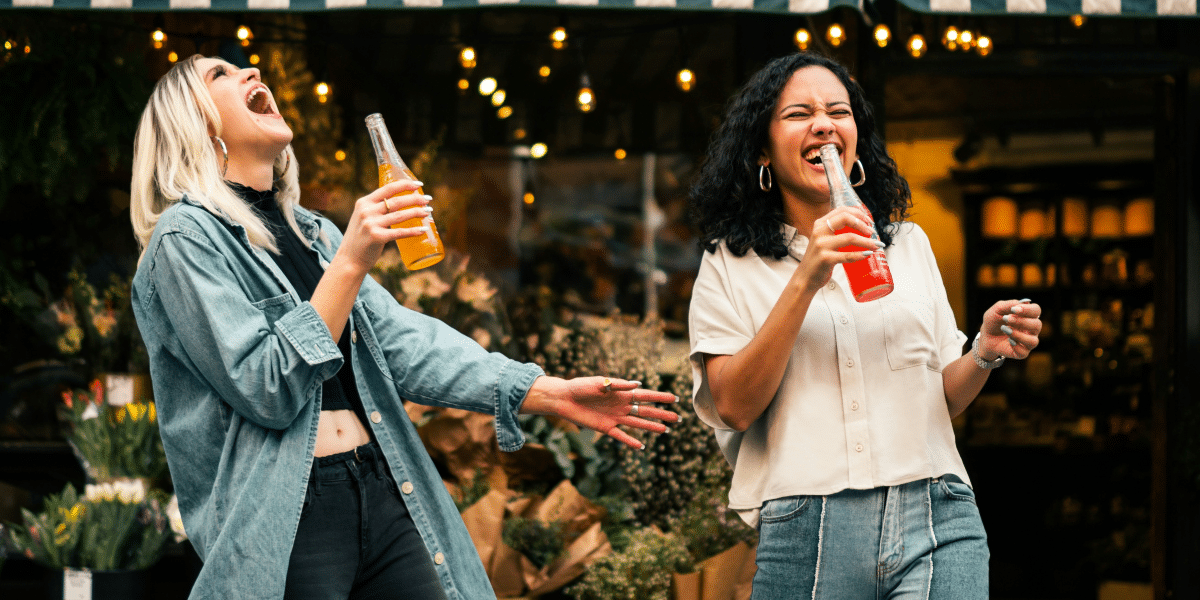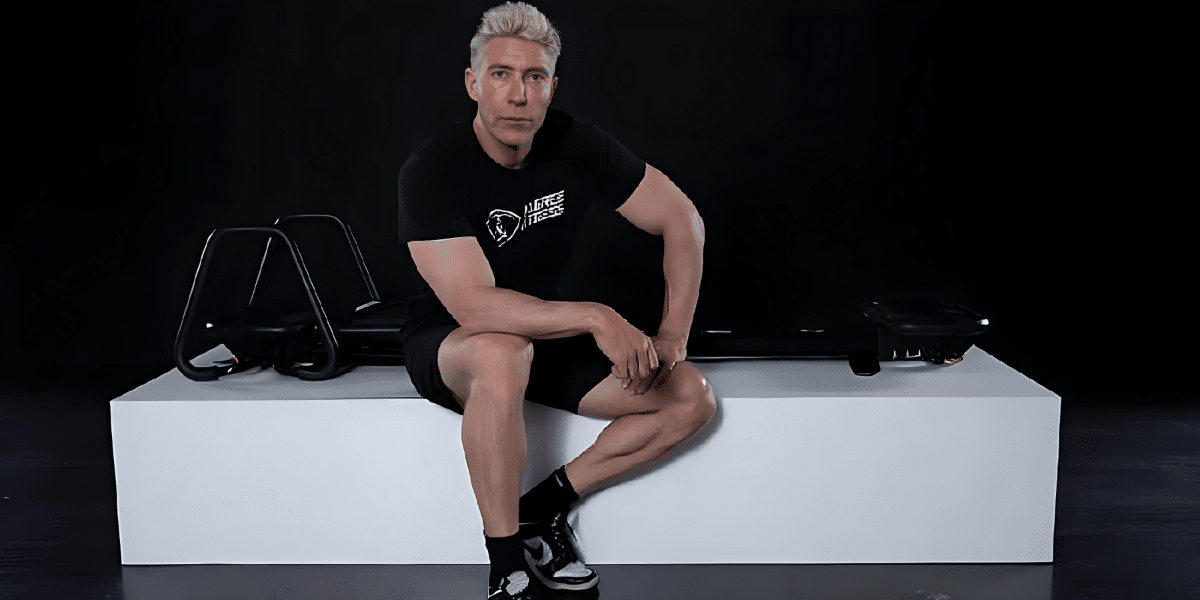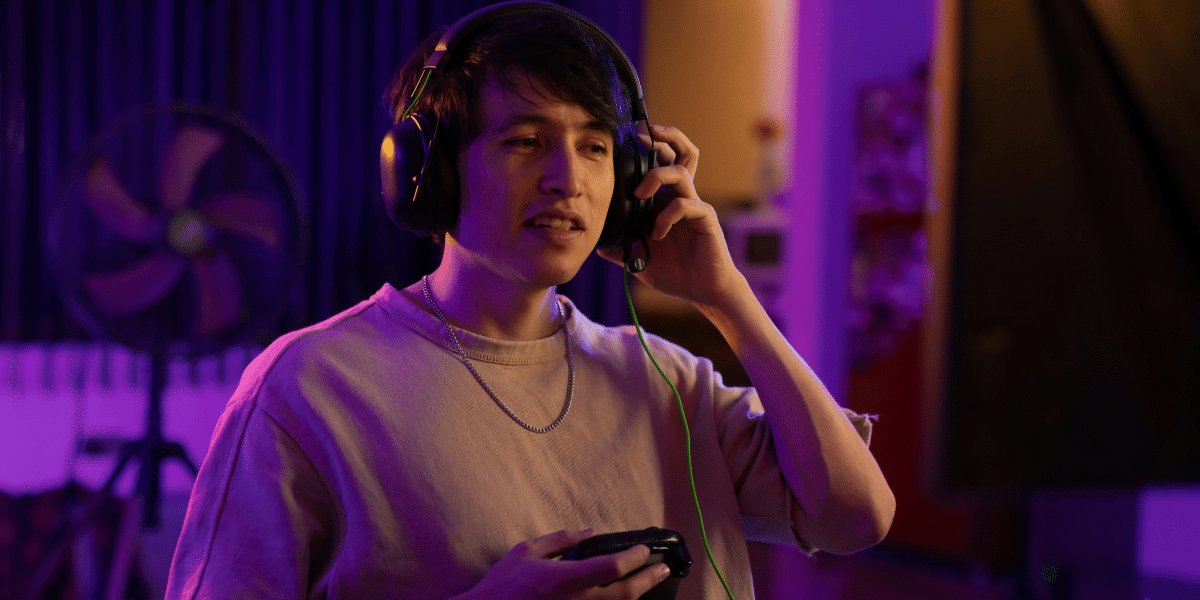In a world bombarded with traditional advertising, merely seeing a product often isn’t enough to get consumers truly excited. That’s where experiential marketing steps in. It’s about ditching passive messaging and instead creating immersive, engaging, and often shareable real-world experiences that put the consumer right at the center of the action. Think less TV commercial, more multi-sensory brand adventure.
Why Experiential Marketing Matters
We live in the experience economy. Today’s consumers, particularly younger generations, crave more than just products; they want moments, memories, and a sense of genuine connection with a brand. Experiential marketing delivers. It allows them to interact with a product or brand in a meaningful way, forging a deeper emotional bond than a billboard or magazine ad ever could.
Experiential marketing is anything but one-size-fits-all. Let’s dive into some exciting possibilities: imagine a brand taking over an empty storefront and turning it into a temporary wonderland. It might be a sneak peek at a new product, an art installation celebrating a brand’s values, or a playful activation that invites people to interact in surprising ways. Brands might sponsor concerts, festivals, or elaborate product launches designed to feel like stepping into another world, creating an unforgettable atmosphere. Sometimes, the goal is simply to create some buzz – think flash mobs, unusual challenges, or larger-than-life installations designed to get people talking, both in person and on social media.
The best experiential marketing campaigns nail a few key things: In today’s social media landscape, creating experiences people want to document and share online is crucial. Campaigns need to feel genuine and find the intersection between your brand and something that genuinely excites your target audience. Engaging sight, sound, touch, and even smell creates a more powerful and memorable impression than simply seeing an ad. Allowing for individual participation fosters a much stronger connection than passively receiving a branded message.
To grasp the power of experiential marketing, let’s look at some real-life examples. Glossier, the beauty brand, transforms temporary storefronts into whimsical, pink-hued dreamscapes, encouraging playful beauty exploration. At an airport, Heineken surprised travelers with an interactive billboard offering spontaneous trips to surprise destinations. And then there’s the Museum of Ice Cream, a traveling, Instagram-bait experience filled with interactive exhibits celebrating the frozen treat.
Experiential marketing isn’t some fleeting fad; it reflects a deeper shift in how consumers connect with brands. In a world where products can often feel interchangeable, offering a unique and memorable experience can be the key to cutting through the noise, forging loyalty, and inspiring true word-of-mouth buzz.
“Experiential marketing taps into something fundamental,” observes a marketing expert. “It’s about the human desire for connection, novelty, and those moments that feel too good not to share.”







